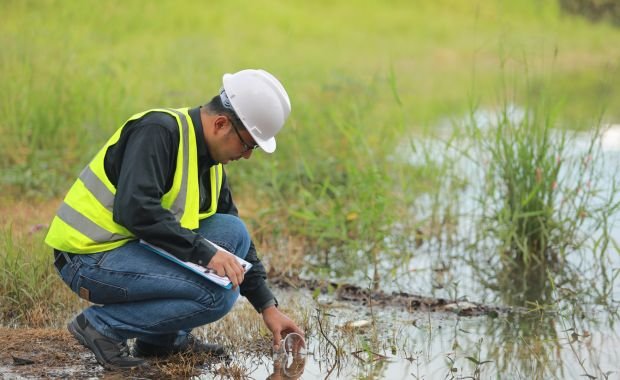Accurate land surveys are the backbone of successful property development, ensuring that projects are completed on time, within budget, and without legal complications. Surveys provide critical information about land boundaries, topography, and existing conditions, which are essential for making informed decisions throughout the development process. This article will explore the significance of accurate land surveys in property development, with a focus on the role of phase 1 contaminated land report in identifying and mitigating environmental risks.
Why Land Surveys Are Crucial in Property Development
Land surveys are vital for several reasons, each contributing to the smooth execution and success of property development projects. Here are some of the primary reasons why accurate land surveys are indispensable:
Establishing Boundaries
One of the most fundamental purposes of a land survey is to establish the precise boundaries of a property. Accurate boundary surveys help prevent disputes with neighboring property owners and ensure that the development stays within legal property lines. Clear boundaries are crucial for obtaining building permits, securing financing, and avoiding costly legal battles.
Assessing Topography and Terrain
Understanding the topography and terrain of a development site is essential for designing and constructing buildings and infrastructure. Topographic surveys provide detailed information about the contours, elevations, and natural features of the land. This data helps architects and engineers design structures that are suited to the site’s specific conditions, minimizing the risk of structural problems and optimizing land use.
Identifying Existing Conditions
Accurate surveys document existing conditions on the property, including natural features like trees and bodies of water, as well as man-made structures like buildings, roads, and utilities. This information is critical for planning site improvements, ensuring that new developments do not interfere with existing infrastructure, and complying with zoning regulations and environmental laws.
Supporting Legal Compliance
Property development is subject to a wide range of legal requirements, from zoning laws and building codes to environmental regulations. Accurate land surveys provide the documentation needed to demonstrate compliance with these regulations, helping developers avoid fines, delays, and legal challenges. Surveys are often required for obtaining permits and approvals from local authorities.
The Role of Phase 1 Contaminated Land Reports
A Phase 1 Contaminated Land Report is a specialized type of environmental survey that plays a crucial role in property development, particularly for sites with a history of industrial or commercial use. These reports are designed to identify potential contamination and assess environmental risks before development begins. Here’s why Phase 1 Contaminated Land Reports are so important:
Identifying Environmental Risks
Phase 1 reports investigate the historical and current uses of a property to identify activities that may have caused contamination. This includes reviewing historical records, conducting site inspections, and interviewing current and past property owners. Identifying potential contamination early in the development process allows developers to assess environmental risks and plan appropriate remediation measures.
Protecting Health and Safety
Contaminated land can pose significant health and safety risks to construction workers, future occupants, and the surrounding community. By identifying and addressing contamination before development begins, Phase 1 reports help protect public health and safety. This is especially important for residential developments, schools, and other projects where people will spend significant amounts of time.
Facilitating Remediation and Cleanup
If a Phase 1 report identifies potential contamination, further investigation through a Phase 2 Environmental Site Assessment may be necessary to determine the extent of the contamination. Based on the findings, developers can implement remediation and cleanup plans to remove or mitigate the contamination. Addressing these issues proactively helps ensure that the site is safe for development and future use.
Securing Financing and Insurance
Lenders and insurers often require Phase 1 Contaminated Land Reports as part of their due diligence process. These reports provide assurance that the property is free from significant environmental risks, reducing the likelihood of costly remediation efforts in the future. Obtaining financing and insurance is often contingent on the findings of a Phase 1 report, making it a critical step in the development process.
The Land Surveying Process
The process of conducting a land survey typically involves several key steps:
- Research: Surveyors gather historical records, maps, and previous surveys related to the property.
- Fieldwork: On-site measurements and observations are conducted using various tools and techniques.
- Data Analysis: Collected data is processed and analyzed to create accurate maps and reports.
- Reporting: Findings are compiled into detailed reports and maps, which are used for planning, construction, and legal purposes.
Conclusion
Accurate land surveys are essential for the successful execution of property development projects. They provide critical information about boundaries, topography, existing conditions, and environmental risks, all of which are necessary for informed decision-making and legal compliance. The inclusion of Phase 1 Contaminated Land Reports further enhances the value of land surveys by identifying potential contamination and ensuring that development sites are safe and suitable for construction. By investing in accurate land surveys, developers can mitigate risks, avoid legal complications, and ensure the successful completion of their projects.


